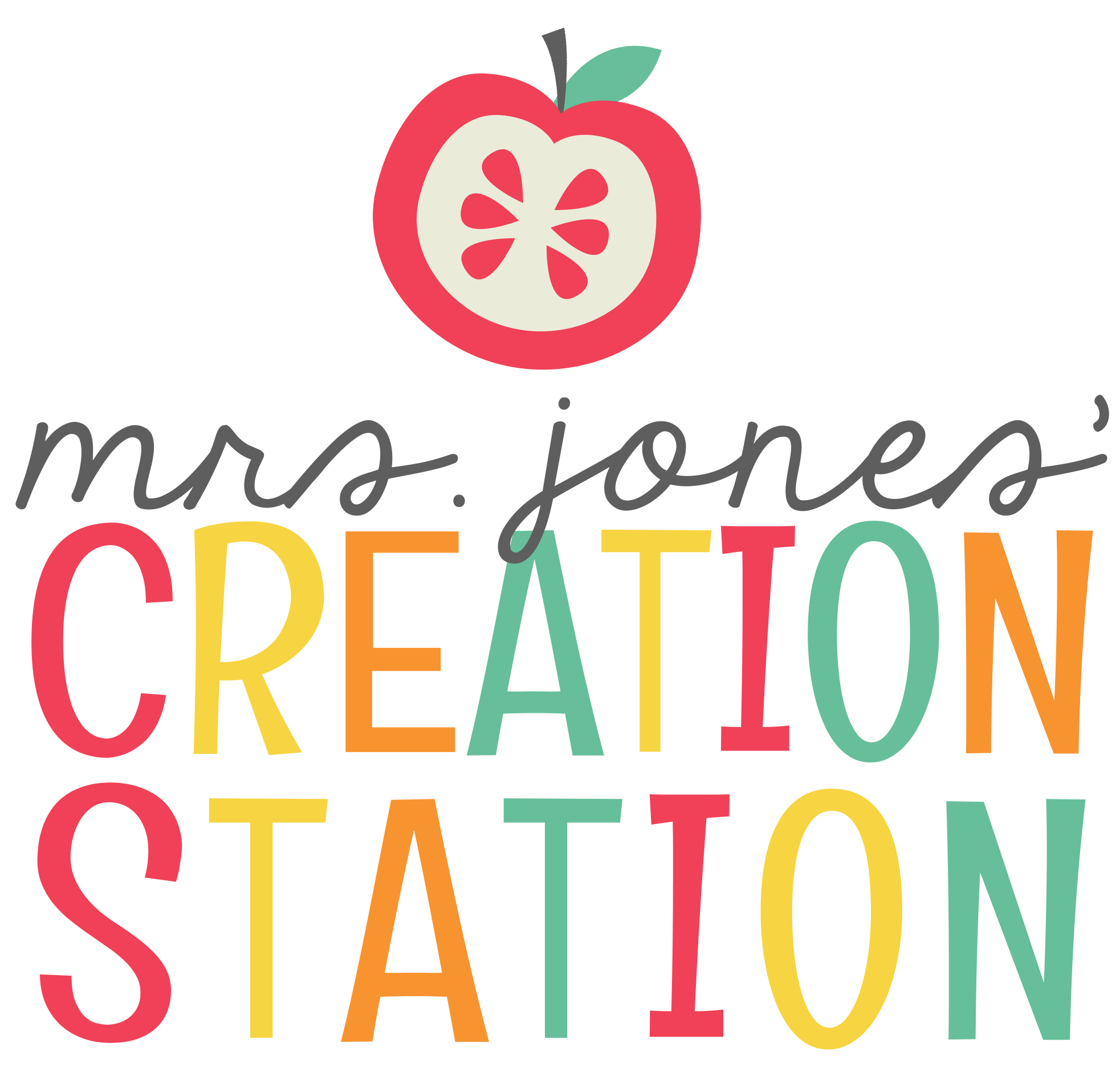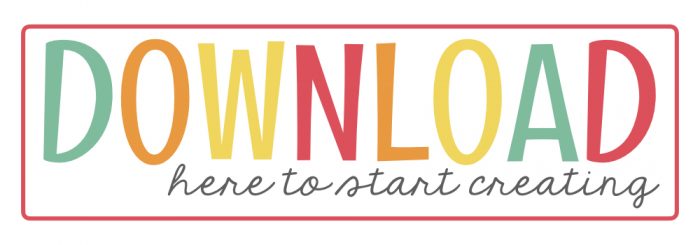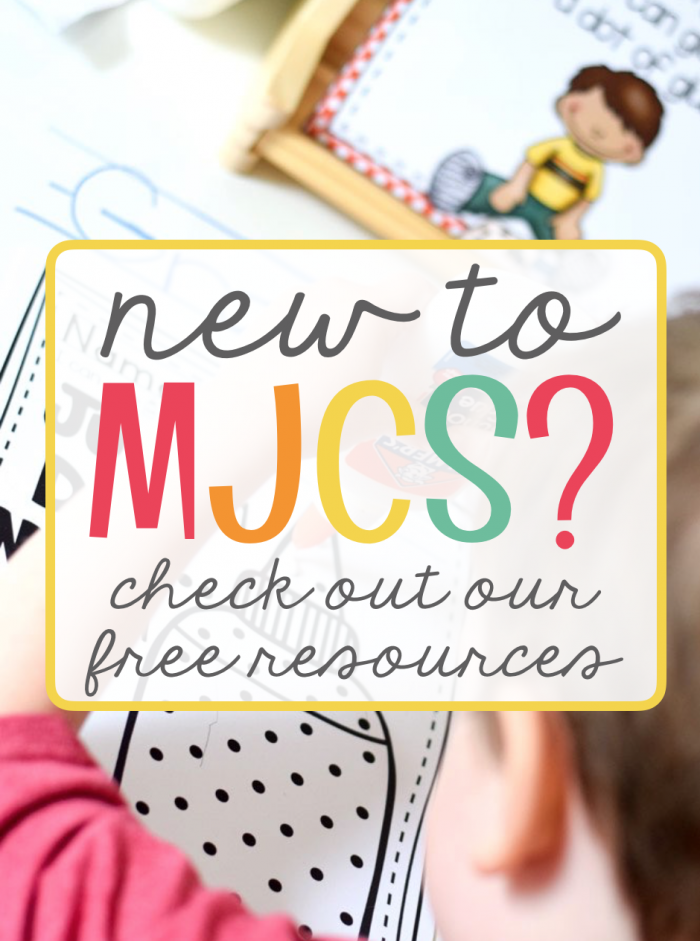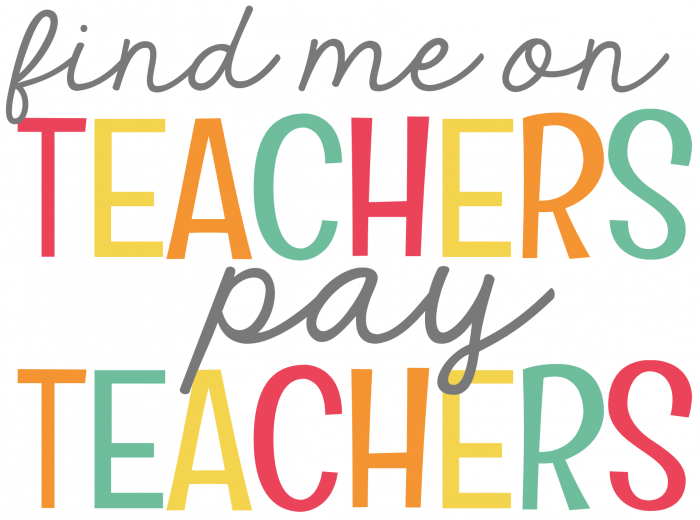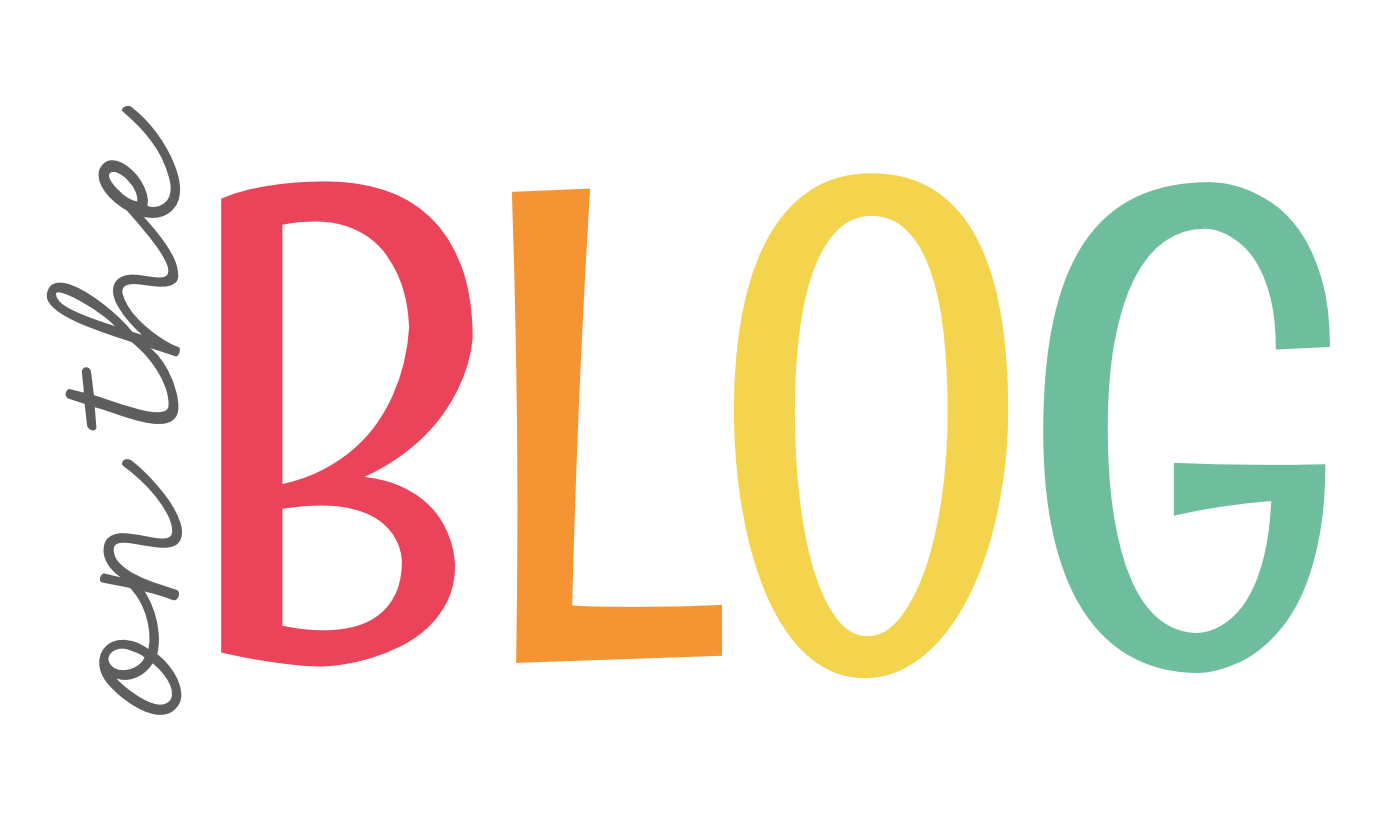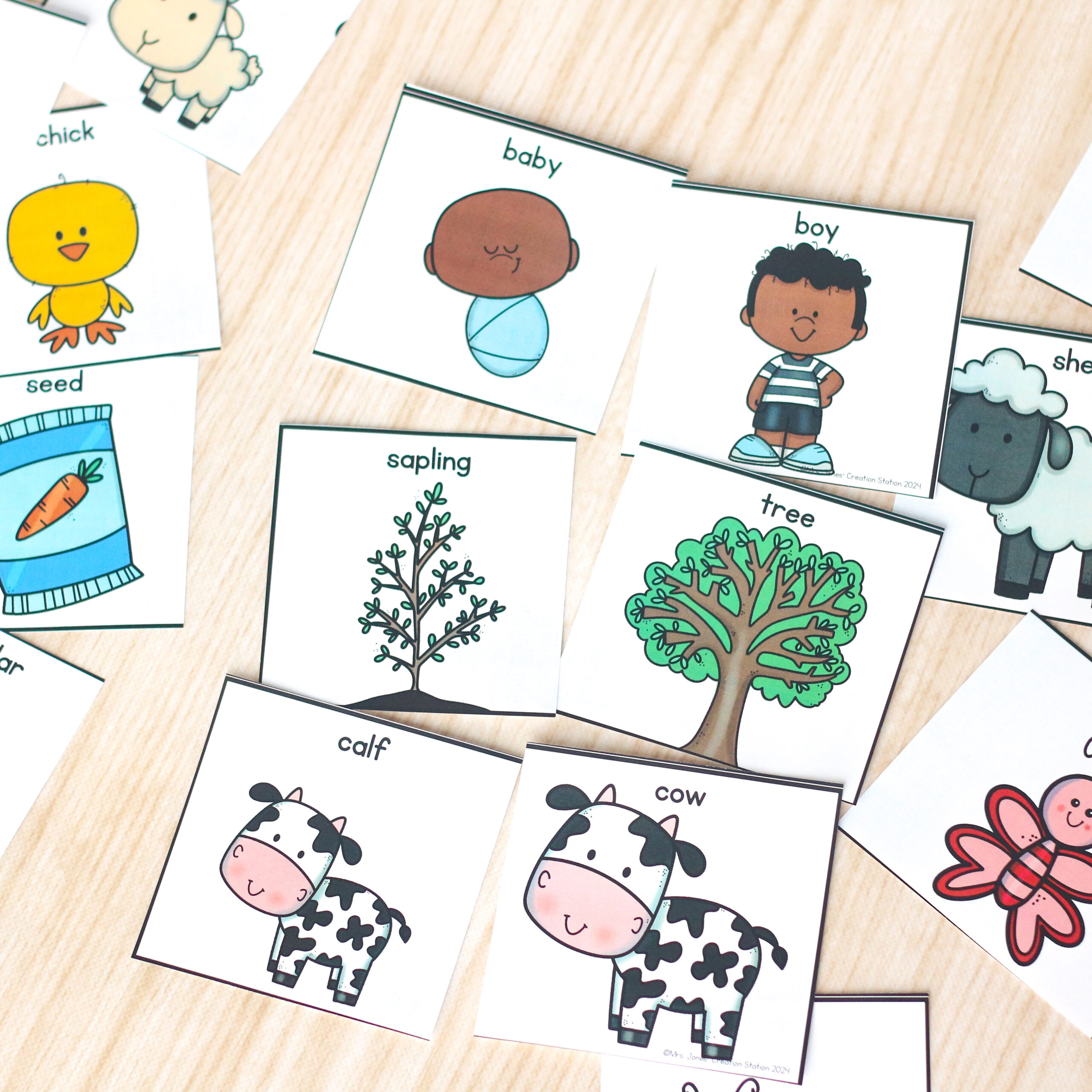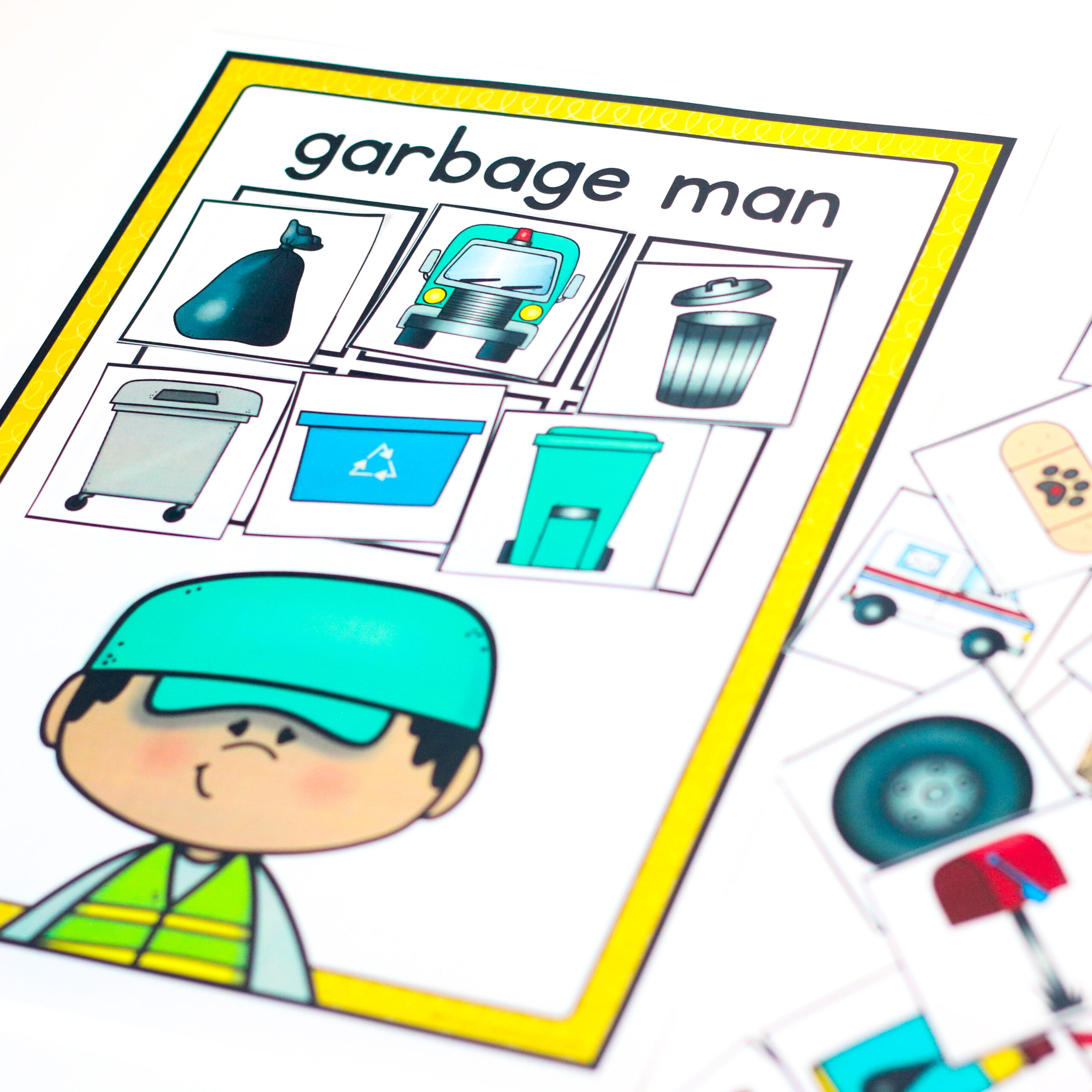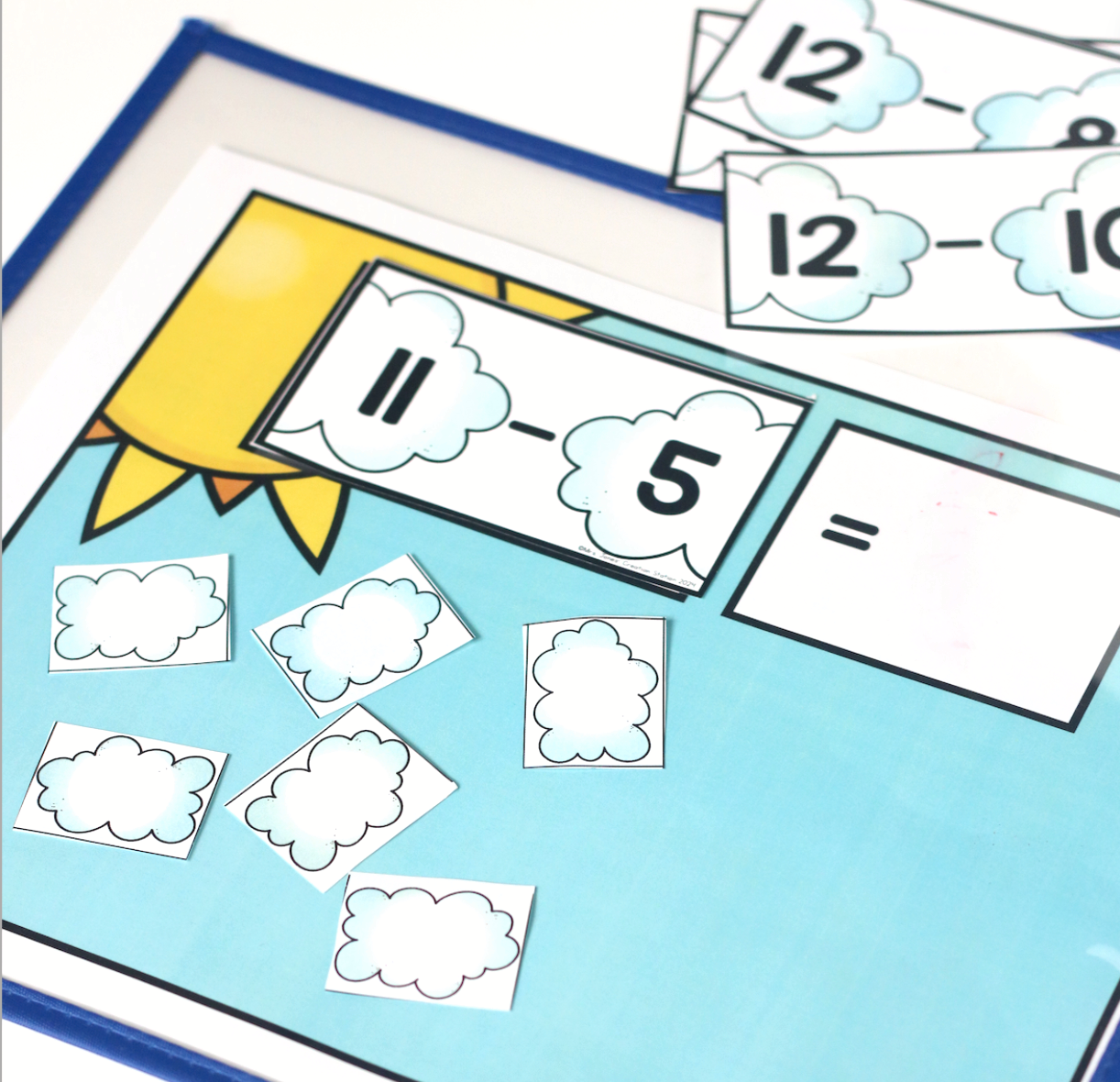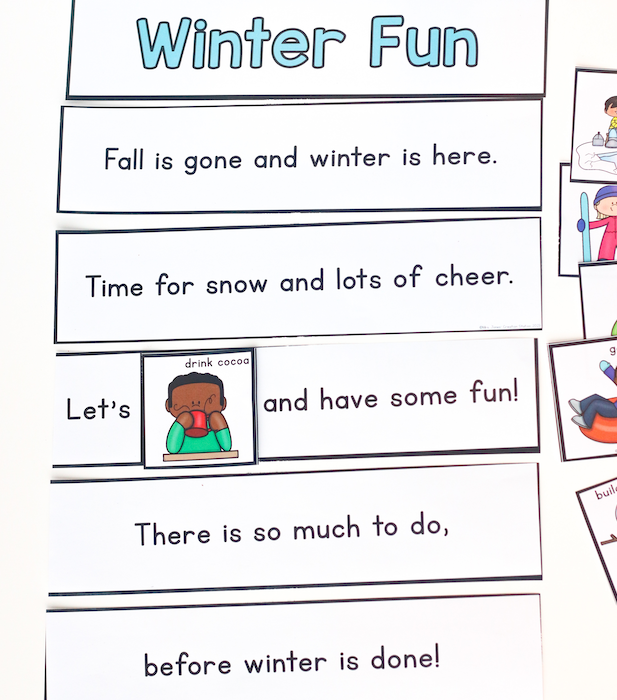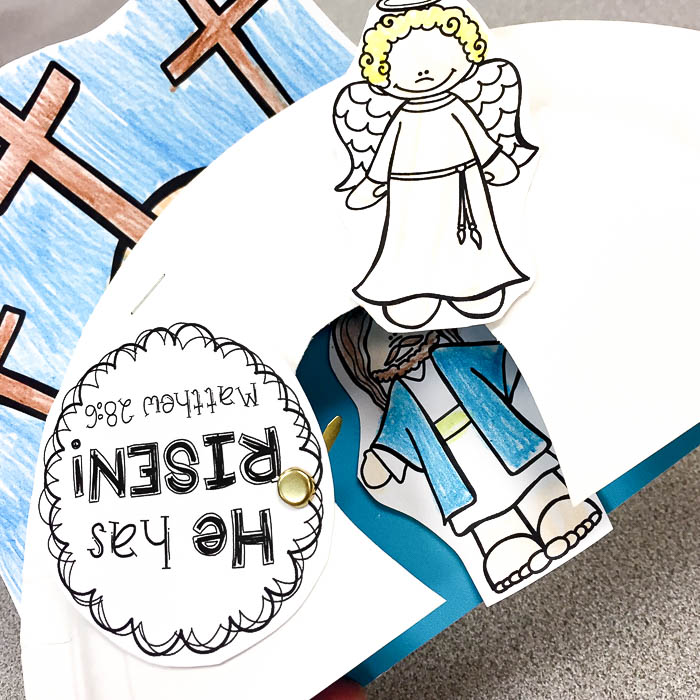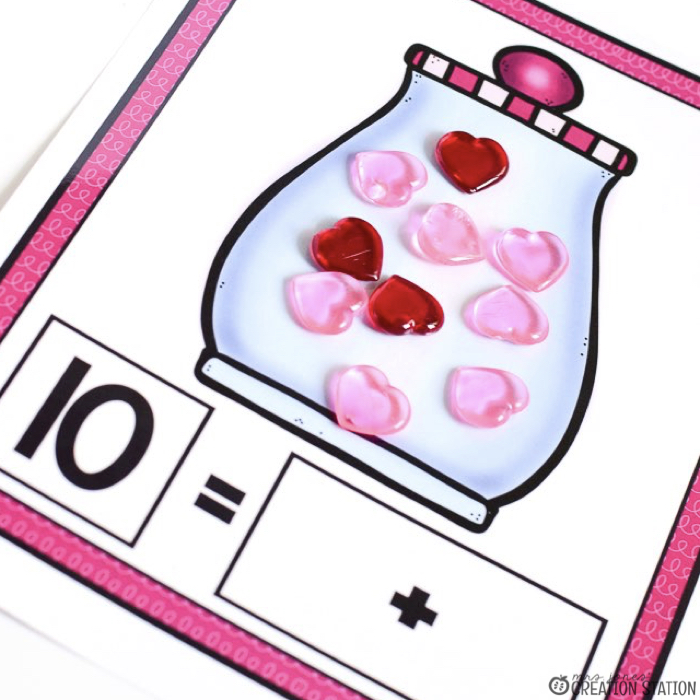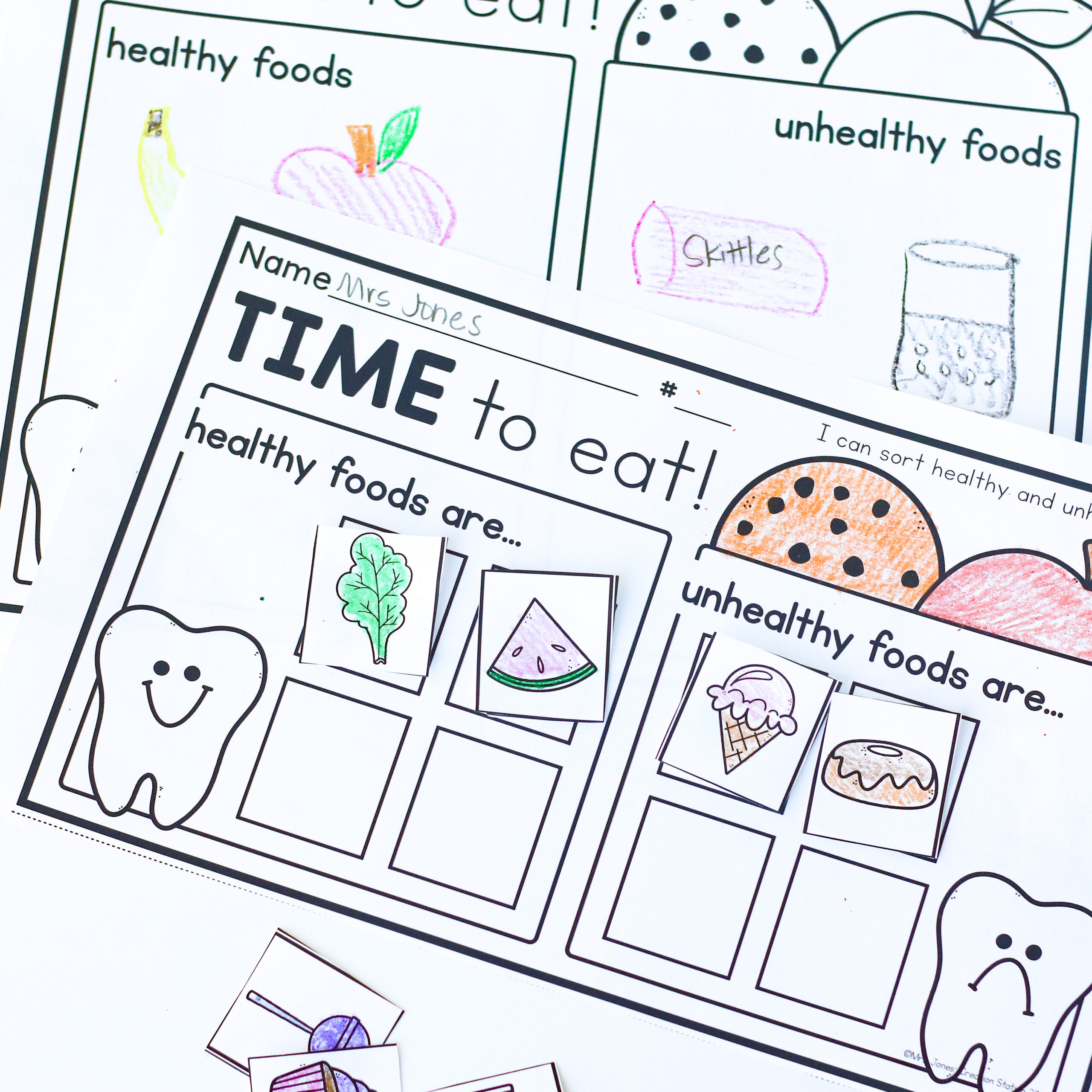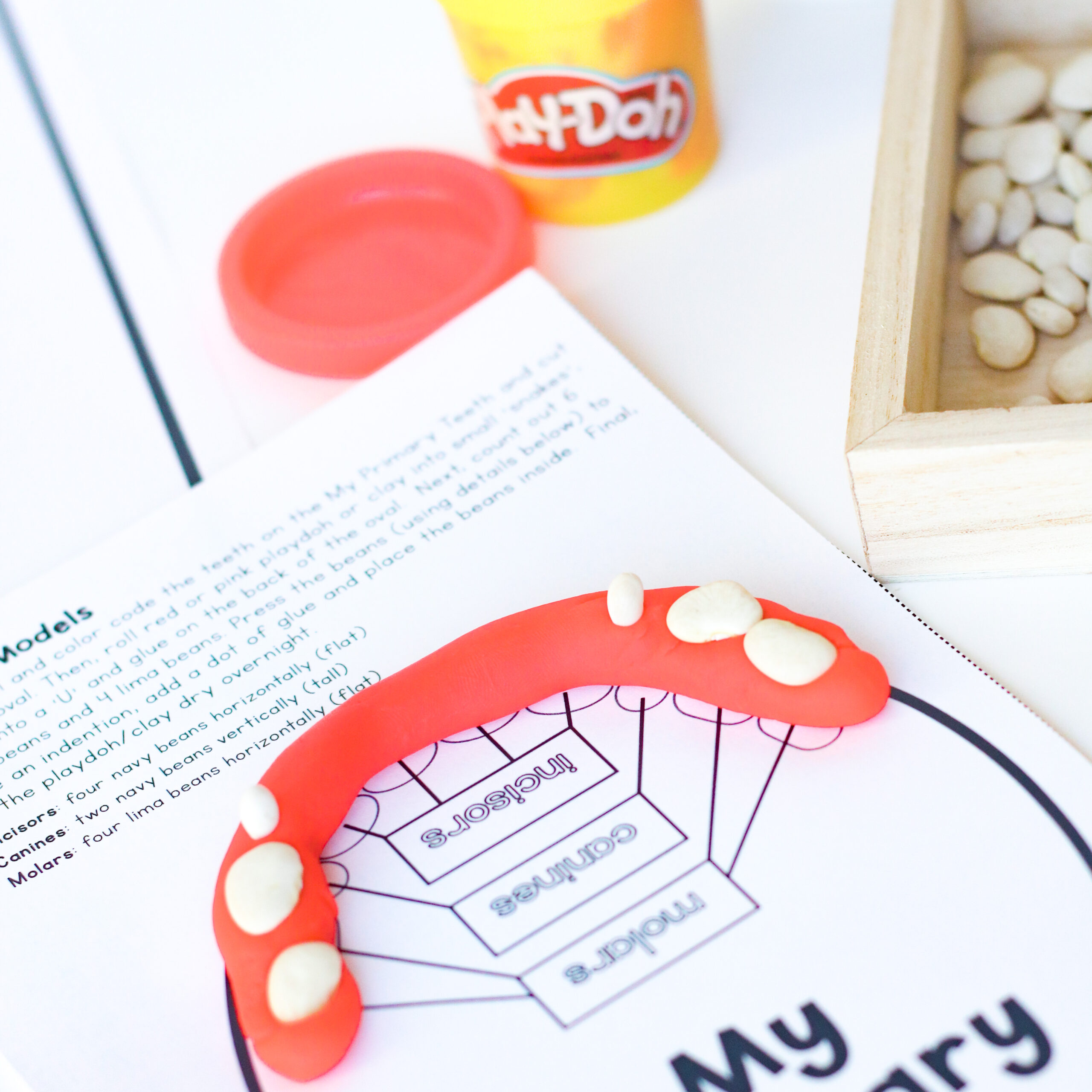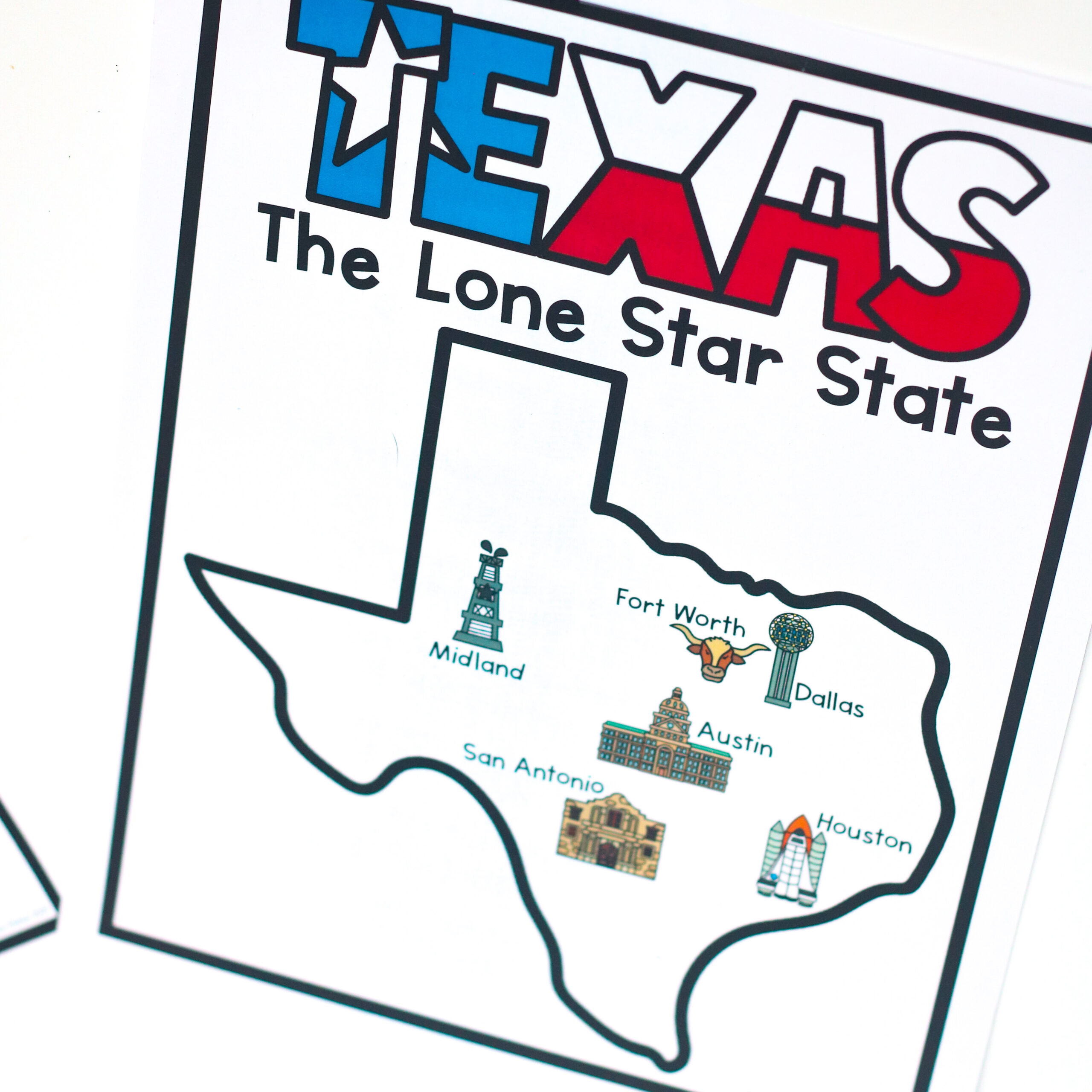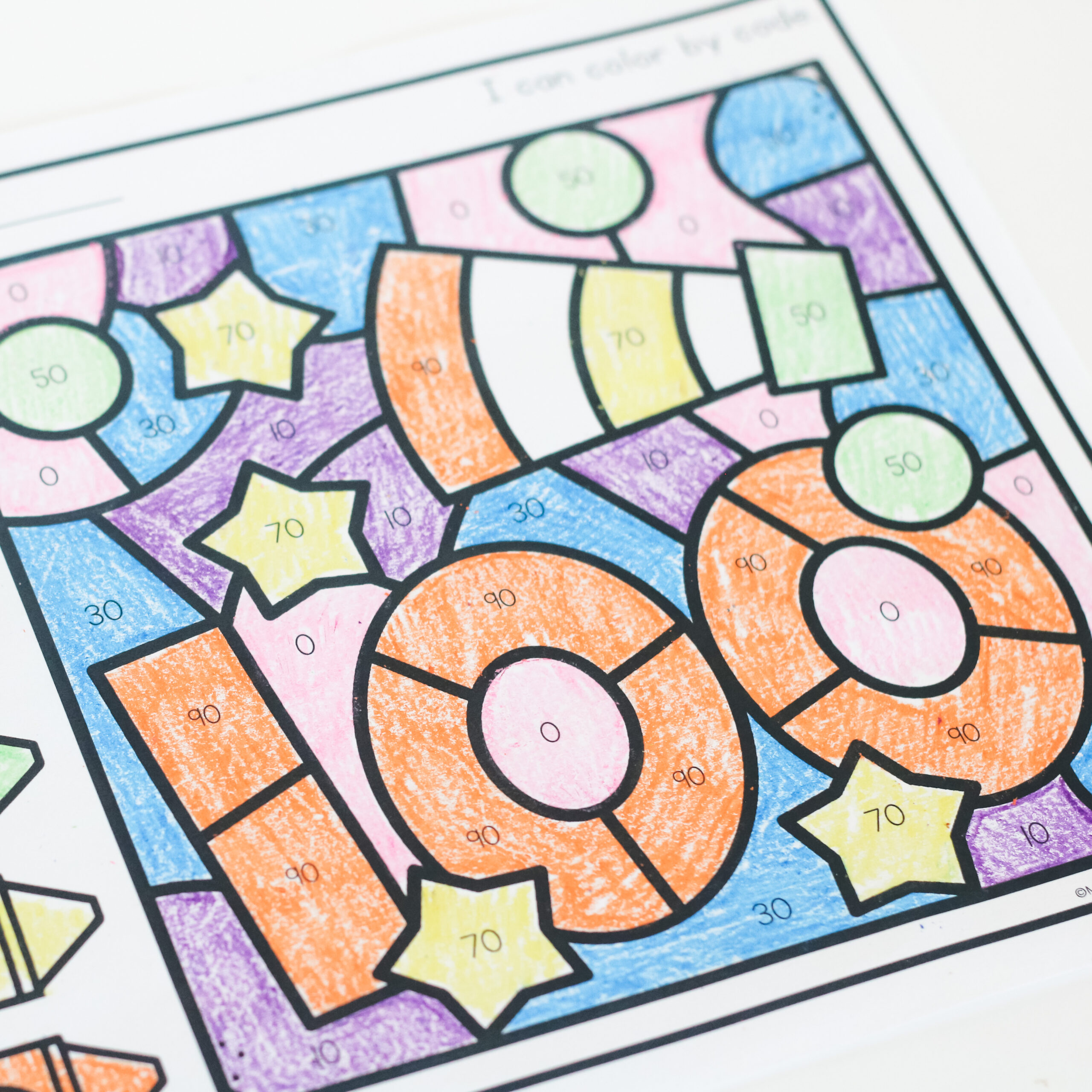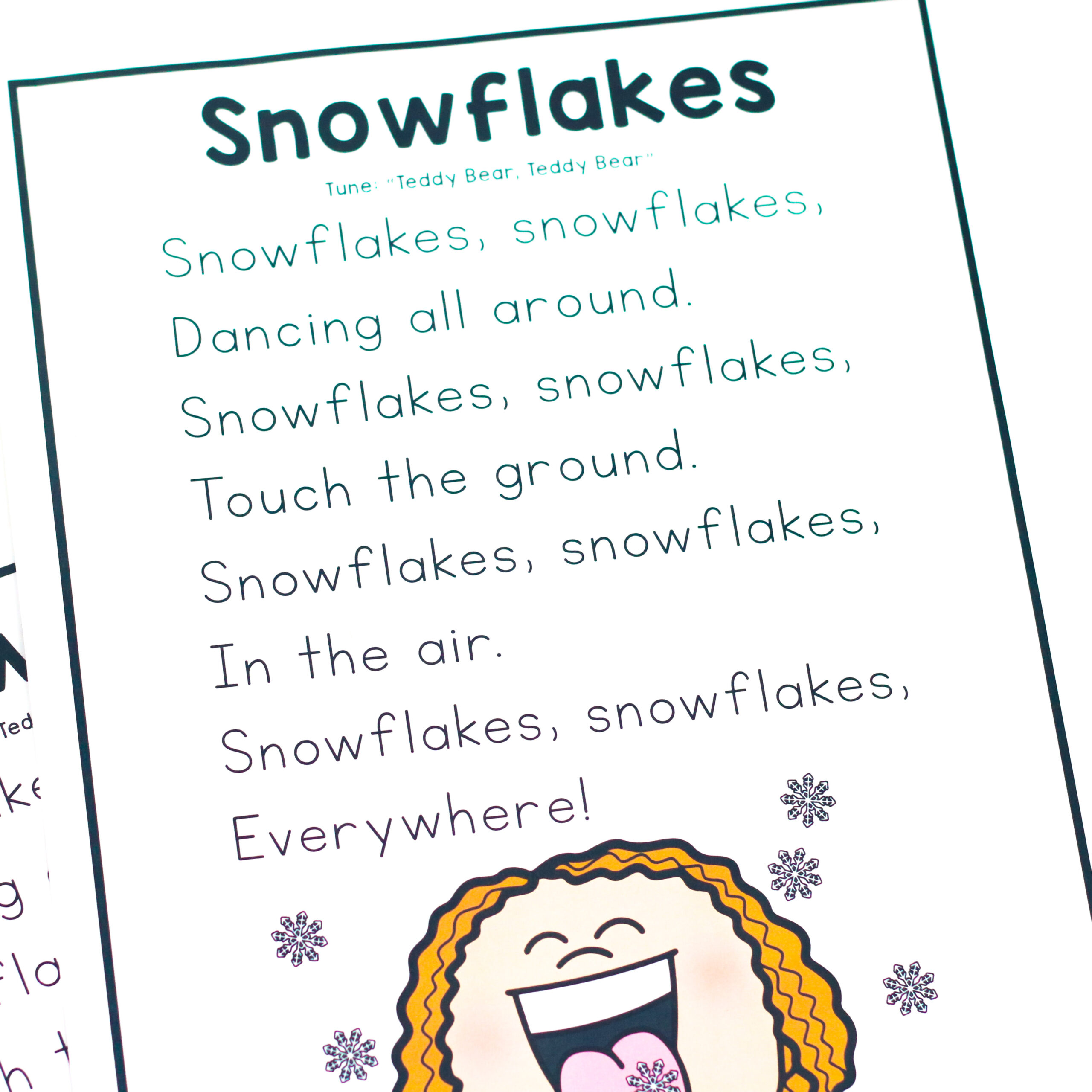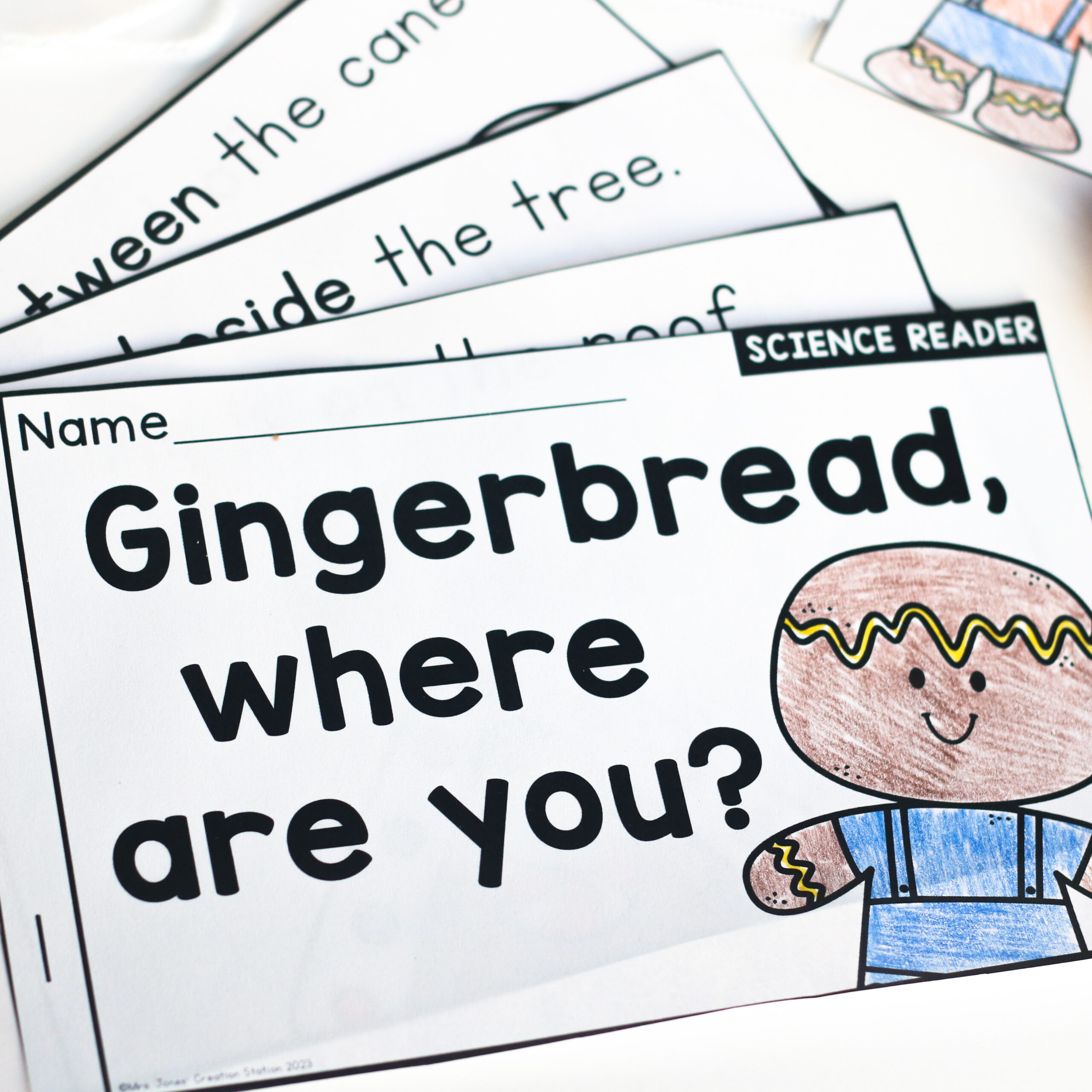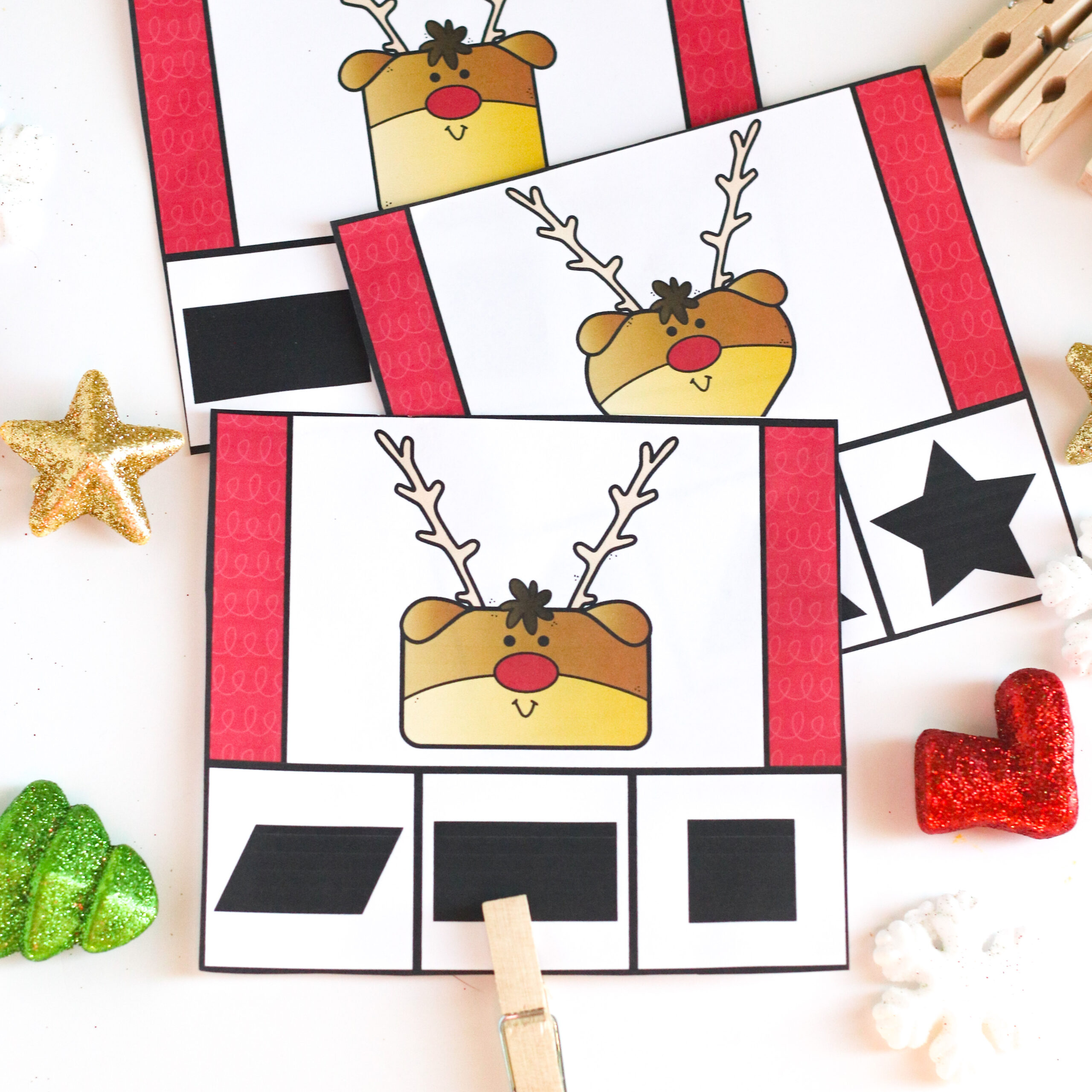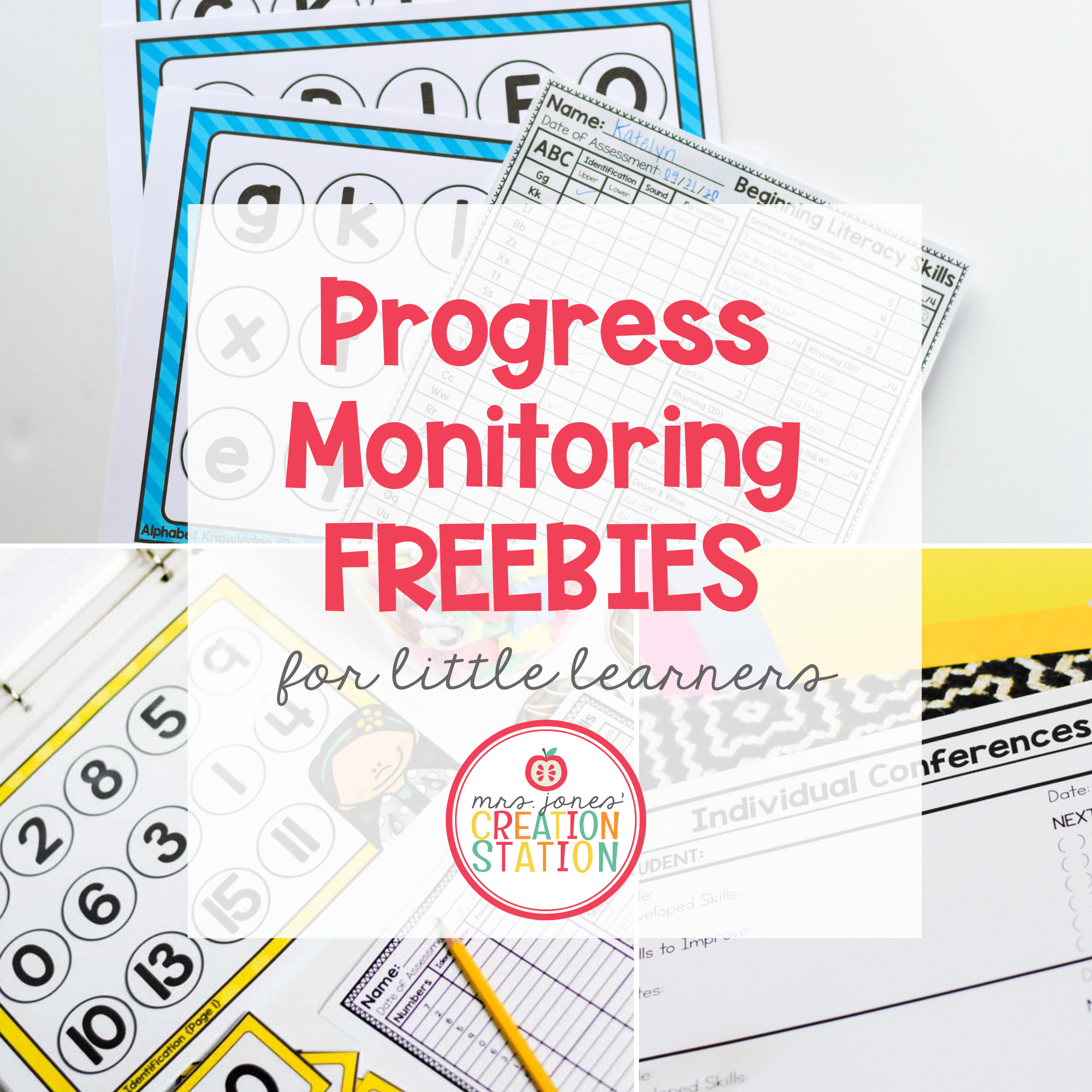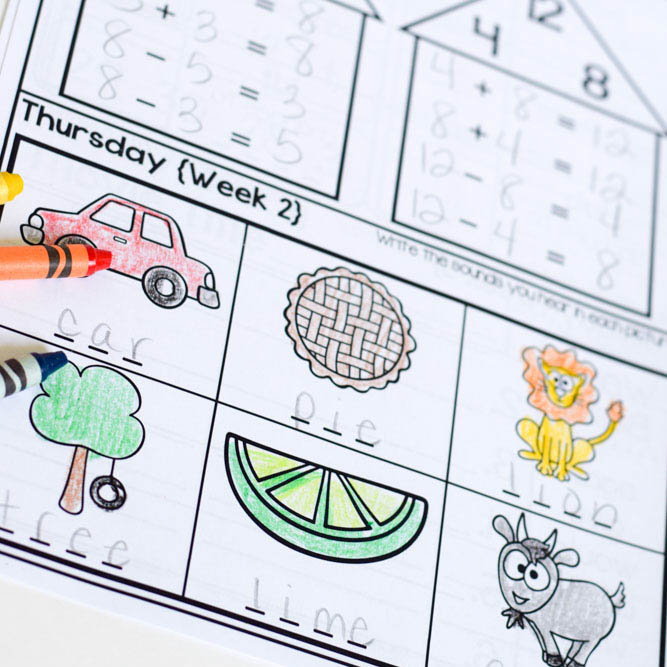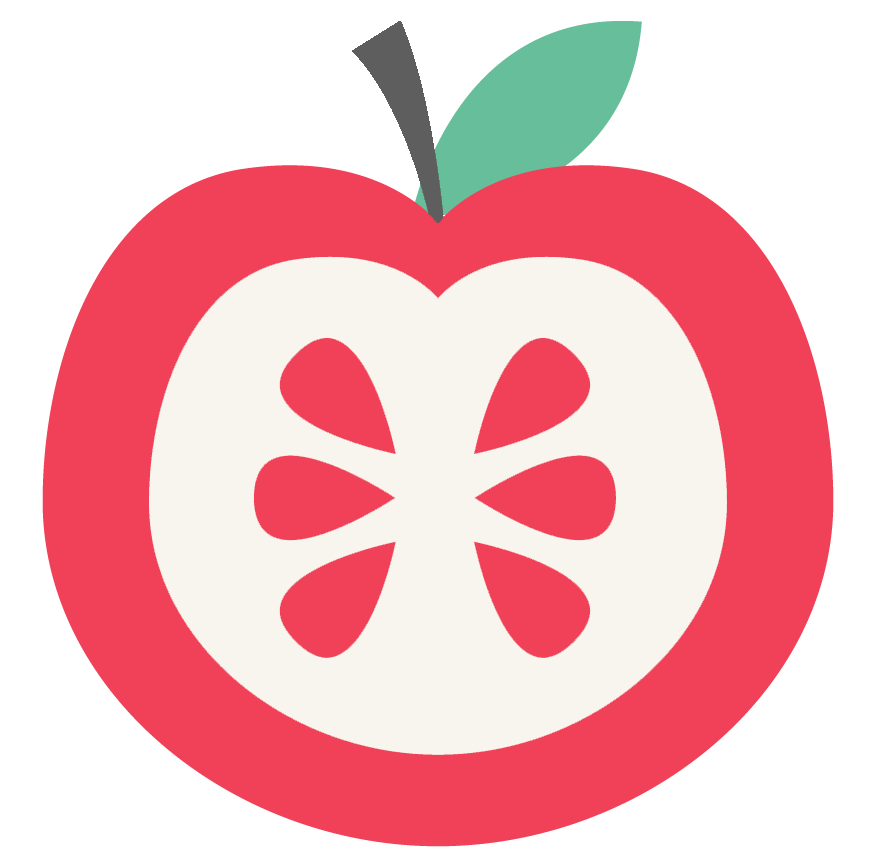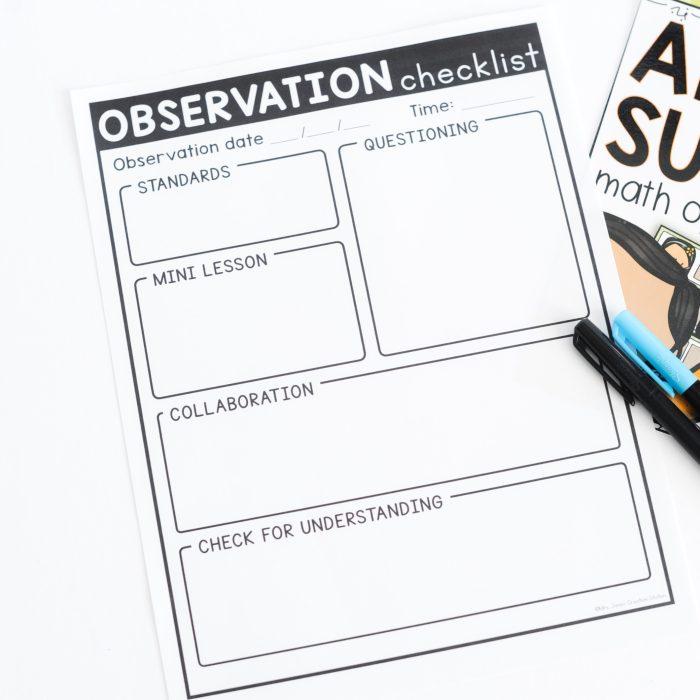It’s that time. You got a call from your principal wanting to schedule your teacher observation. Many new teachers find this time to be very stressful. You’re figuring out what being a teacher is all about. The last thing you want is for someone to watch you teach. Friend, I’m here to say that teacher observations are not a bad thing! Don’t be stressed. I’m here to provide you five tips on how to run your observation lesson flawlessly!
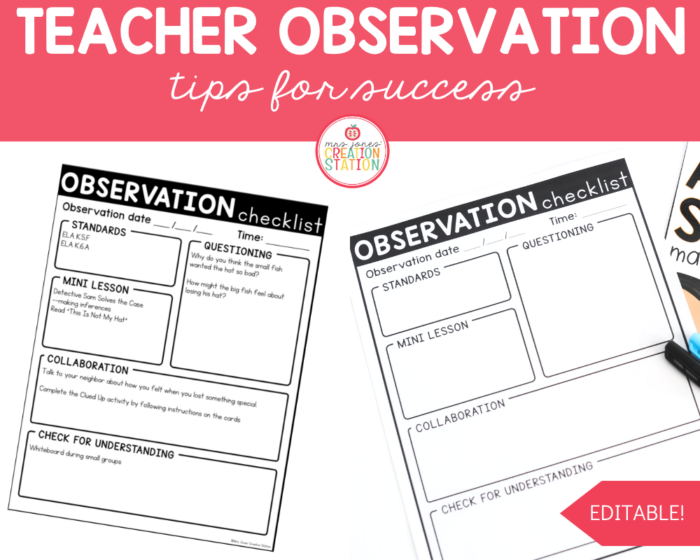
Plan
You’re probably thinking “sure…Captain Obvious! That’s what teachers have to do!” When I say plan, I mean to sit down with your administrator and discuss a time and date for your observation. You know there are times of the day that are a STRUGGLE. Don’t schedule it at that time!
This is also a great time to ask him/her what they want to see in your lesson. Maybe it’s a whole group lesson. Or they know how awesome you are at guided reading and want to see your tricks. Teacher observations are not a “Aha..caught ya!” moment for administrators. They truly want to see the best parts of you and the wonderful things your students are learning.
Lesson Plans
The first few years of teaching, I felt my lessons had to be top notch for my observations. I’m here to tell you: They don’t want to see something that you wouldn’t normally teach. You don’t need to teach a Grammy-style lesson. No one will remember it. Your students will remember authentic, intentional teaching. And your principal will appreciate it as well!
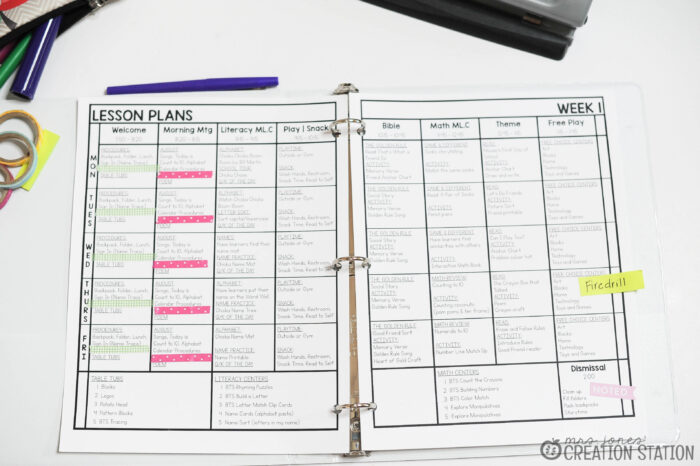
Get Them Up and Moving
A great way to get a lesson started is with an ice breaker activity or opening activity. Get your kids up and moving with a fun game or write the room activity. Scavenger hunts on the topic that will be taught is always fun because your students are intrigued and curious. Collaboration is not just academic, but social. We all know kids need all the social practice they can get!
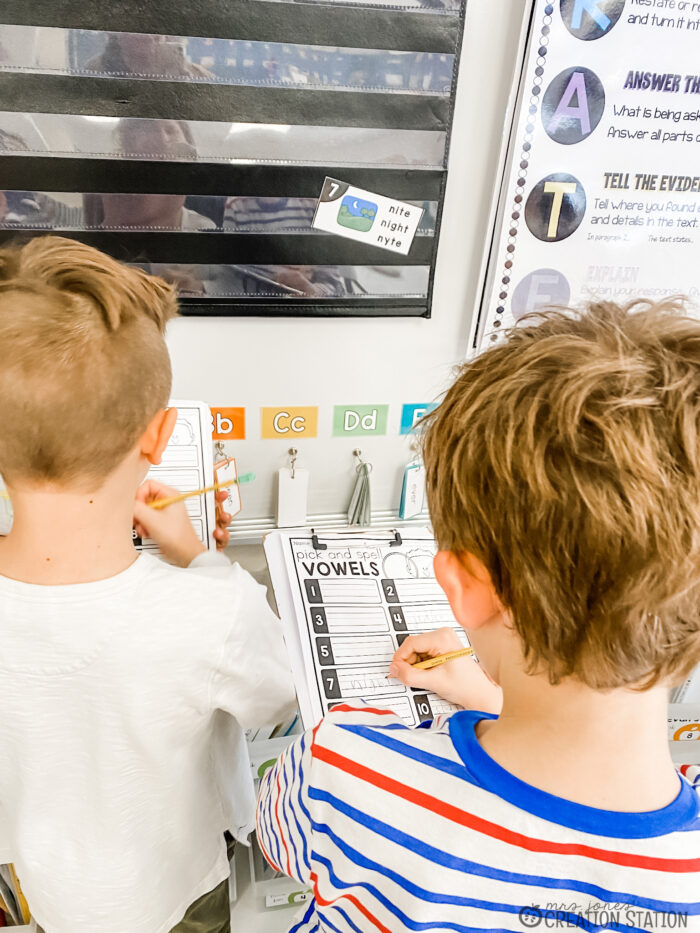
Whole Group Lesson
Most administrators want to see the full experience of whole group teaching, small group teaching and then a wrap up during your teacher observation. That’s what your day looks like on a normal day, right? You’ve trained your students of your expectations and routines. Don’t break it by doing something they aren’t familiar with.
If I’m teaching math or science, I like to tie in a picture book. It’s a great way to show that you tie in literacy with other subjects.
Have a list of higher level questions ready while you’re reading. I always have a list of questions written on my planning sheet (psstt…it’s a FREEBIE below!). This guarantees that I don’t miss anything.
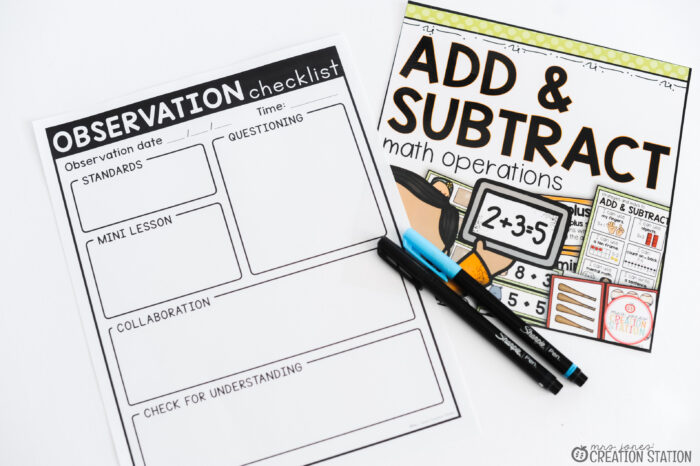
Check for Understanding
I think this is my favorite part…checking for understanding. This is the part that makes me the most proud because it shows off everything my students learned. And you don’t have to use boring tests to prove that your students are learning.
If you’re in small groups, have them complete an activity independently. This is a great chance for you to jot some notes down for documentation.
If you’re in whole group, use white boards or games like Kahoot™ for a quick game! Another option is to use exit tickets as your students are packing up to go to their next class or before you move on to the next subject!
Go into your next teacher observation feeling confident! Plan out everything before the big day, but the most important thing is it have fun teaching!
Grab this FREE Teacher Observation planning sheet by clicking the link below!
